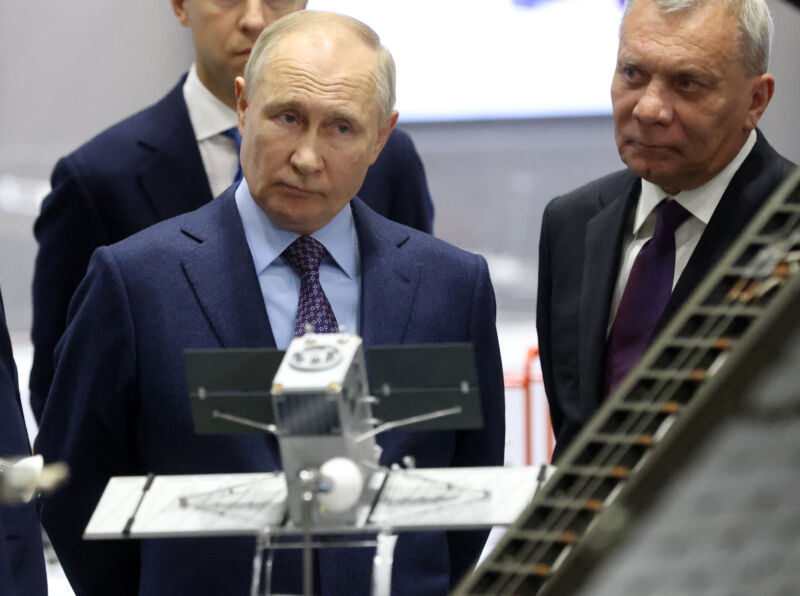
Contributor/Getty Images
It has been a terrible decade for the Russian launch industry, which once led the world. The country’s long-running workhorse, the Proton rocket, ran into reliability issues and will soon be retired. Russia’s next-generation rocket, Angara, is fully expendable and still flying dummy payloads on test flights a decade after its debut. And the ever-reliable Soyuz vehicle lost access to lucrative Western markets after the Russian invasion of Ukraine.
Yet there has been a more fundamental, underlying disease pushing the once-vaunted Russian launch industry toward irrelevance. The country has largely relied on decades-old technology in a time of serious innovation within the launch industry. So what worked at the turn of the century to attract the launches of commercial satellites no longer does against the rising tide of competition from SpaceX, as well as other players in India and China.
Through the first quarter of this year, Russia has launched a total of five rockets, all variants of the Soyuz vehicle. SpaceX alone has launched 32 rockets. China, too, has launched nearly three times as many boosters as Russia.
However, Russia has a plan to reclaim the dominance it once held in the global launch industry. In a recent interview published on the Roscosmos website (a non-geo-blocked version is available here) the chief of the Russian space corporation, Yuri Borisov, outlined the strategy by which the country will do so.
The first step, Borisov said, is to develop a partially reusable replacement for the Soyuz rocket, called Amur-CNG. The country’s spaceflight enterprise is also working on “ultralight” boosters that will also incorporate an element of reusability.
“I hope that by the 2028–2029 timeframe we will have a completely new fleet of space vehicles and will be able to restore our position in the global launch services market,” Borisov said in the interview, which was translated for Ars by Rob Mitchell.
A miracle, Amur
Russia has previously discussed plans to develop the Amur rocket (the CNG refers to the propellant, liquified methane). The multi-engine vehicle looks somewhat similar to SpaceX’s Falcon 9 rocket in that preliminary designs incorporated landing legs and grid fins to enable a powered first-stage landing.
The country’s space industry first unveiled its Amur plans back in 2020, when officials said they were targeting a low price of just $22 million for a launch on Amur, which would be capable of delivering 10.5 tons to low-Earth orbit. Essentially, then, it would offer about half the carrying capacity of a Falcon 9 rocket for one-third of the price.
At the time, Roscosmos officials were targeting a 2026 debut for Amur. Had they been able to deliver such a capability, it would undoubtedly be an attractively priced offering. Alas, the year 2026 appears to be off the table now. Through his comments, Borisov indicated that Amur will not be ready before 2028 or 2029.
Since there has been almost a year-for-year slippage in that date since Amur’s announcement in 2020, it seems likely that even this target late in the decade is unrealistic.





















+ There are no comments
Add yours